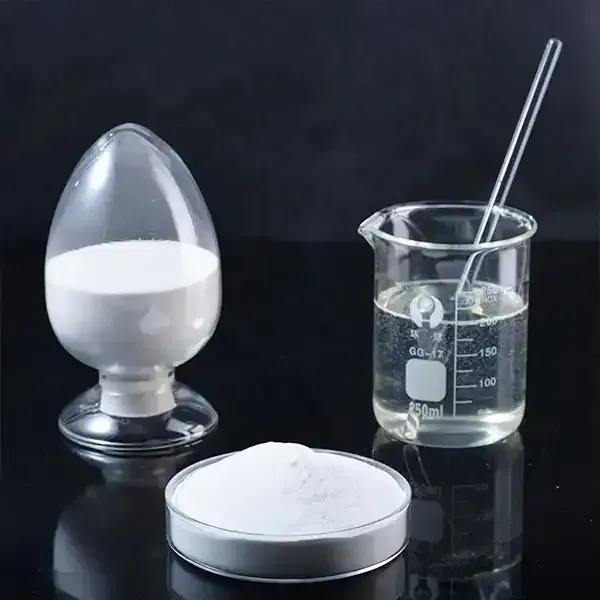The Role of Chemical Additives in Modern Industries
Chemical additives play a crucial role in various industries, from food processing to construction, impacting product quality and enhancing performance. These substances are deliberately added to products to achieve desired characteristics that would be difficult to obtain otherwise. Understanding the significance, types, and safety considerations of chemical additives is essential for both consumers and manufacturers.
Types of Chemical Additives
1. Food Additives In the food industry, additives such as preservatives, flavor enhancers, colorants, and stabilizers are widely used. Preservatives, like sodium benzoate, extend the shelf life of products by inhibiting microbial growth. Flavor enhancers, such as monosodium glutamate (MSG), amplify taste, while colorants give food appealing appearances. Stabilizers, such as xanthan gum, maintain texture and consistency.
2. Plastic Additives In the manufacturing of plastics, additives like plasticizers, flame retardants, and impact modifiers are utilized to enhance various properties. Plasticizers, such as phthalates, improve flexibility, while flame retardants help to reduce flammability. Impact modifiers increase the toughness of materials, making them more resilient to stress.
3. Construction Additives The construction industry employs additives in cement and concrete to improve workability, durability, and resistance to environmental conditions. Common additives include superplasticizers, which enhance fluidity, and retarders, which slow down the setting time of concrete, allowing for better workability during construction processes.
4. Pharmaceutical Additives In pharmaceuticals, excipients, which are inert substances, are added to medications to aid in their delivery and absorption. These can include binders, fillers, and coatings that ensure drugs have the necessary properties for effective administration in the body.
Benefits of Chemical Additives
chemical additive

The incorporation of chemical additives brings numerous benefits across industries. In the food sector, they ensure food safety, enhance flavors, and improve shelf life, ultimately reducing waste. In construction, additives allow for the development of high-performance materials that can withstand harsh conditions, leading to safer and more durable structures.
In plastics, additives enable the production of versatile materials suitable for a wide range of applications, from everyday household items to complex engineering products. In pharmaceuticals, additives not only ensure the efficacy of drugs but also enhance patient compliance through improved delivery systems.
Safety and Regulatory Concerns
Despite their advantages, the use of chemical additives is not without controversy. Safety concerns have led to strict regulations governing their use. In the United States, the Food and Drug Administration (FDA) and the Environmental Protection Agency (EPA) oversee the approval of food and industrial additives to ensure they are safe for human health and the environment.
Consumers are becoming increasingly aware of the potential risks associated with chemical additives, leading to a demand for transparency and safer alternatives. Many manufacturers are responding by reformulating their products to eliminate harmful substances or switching to natural additives.
The European Union has implemented stringent regulations regarding the use of chemical additives in food products, which requires manufacturers to clearly label additives and limit harmful substances. This has fostered a culture of safety and accountability, encouraging companies to invest in research for safer, more sustainable options.
Conclusion
Chemical additives are an integral part of modern manufacturing processes, significantly enhancing the quality and longevity of products across various sectors. While they offer many benefits, the safety of these substances remains a priority, and ongoing research and regulation are crucial to ensuring their responsible use. As industries evolve, the focus on sustainability and health will likely lead to the development of safer alternatives, meeting consumer demands while maintaining product efficacy. The future of chemical additives lies not only in their functionality but also in their safety and environmental impact, paving the way for more responsible innovations in the years to come.
-
The Application and Significance of Construction RdpNewsMay.19,2025
-
Industrial Grade HpmcNewsMay.19,2025
-
Building Coating Adhesive Building Coating Adhesive HpmcNewsMay.19,2025
-
Application Of Hpmc For Detergent For Detergent In DetergentsNewsMay.19,2025
-
Application Of Hpmc Cellulose In Cement-Based MaterialsNewsMay.19,2025
-
Application Of High Quality Hpmc For Construction In The Field Of ConstructionNewsMay.19,2025




